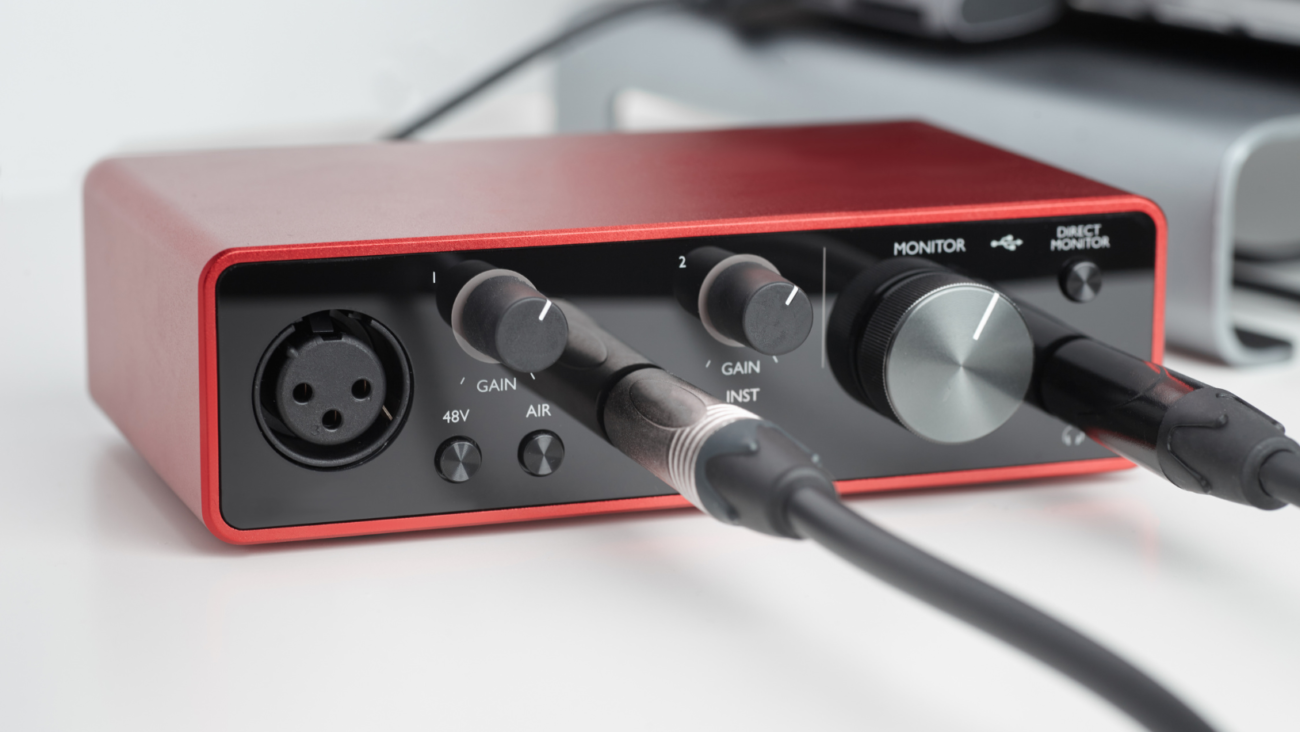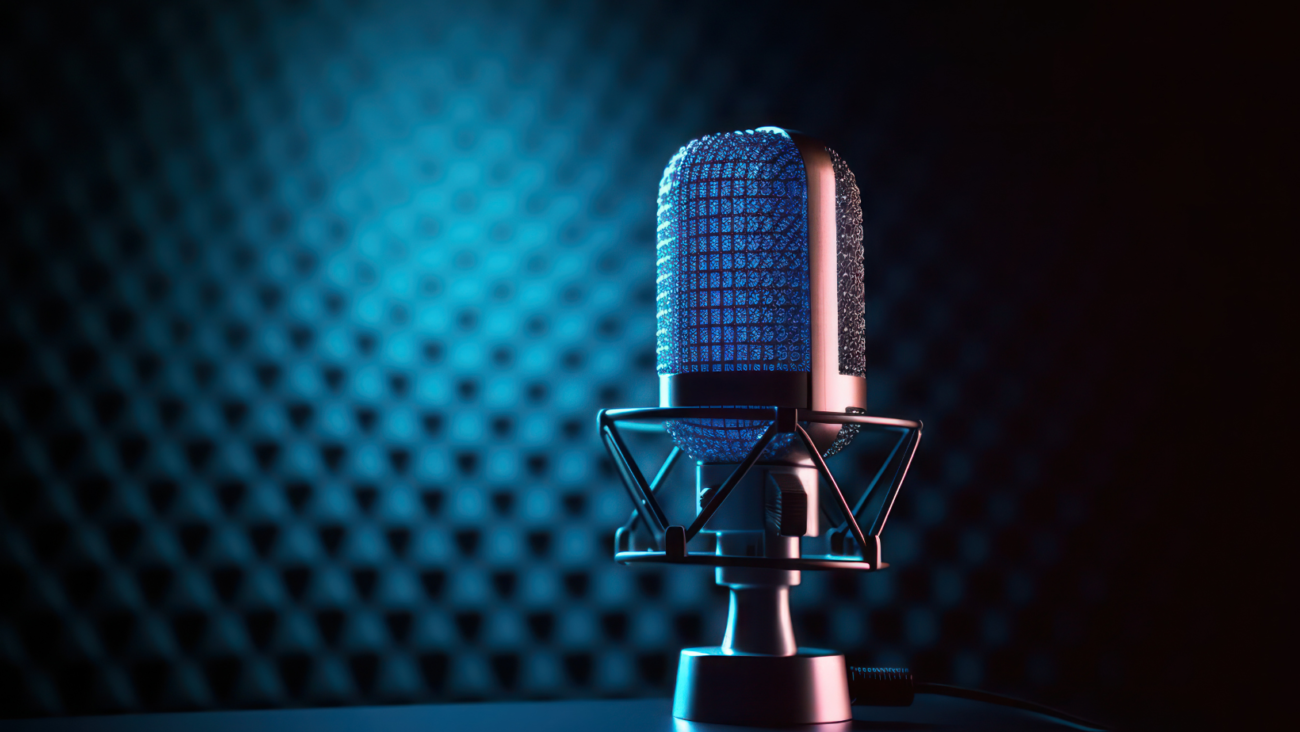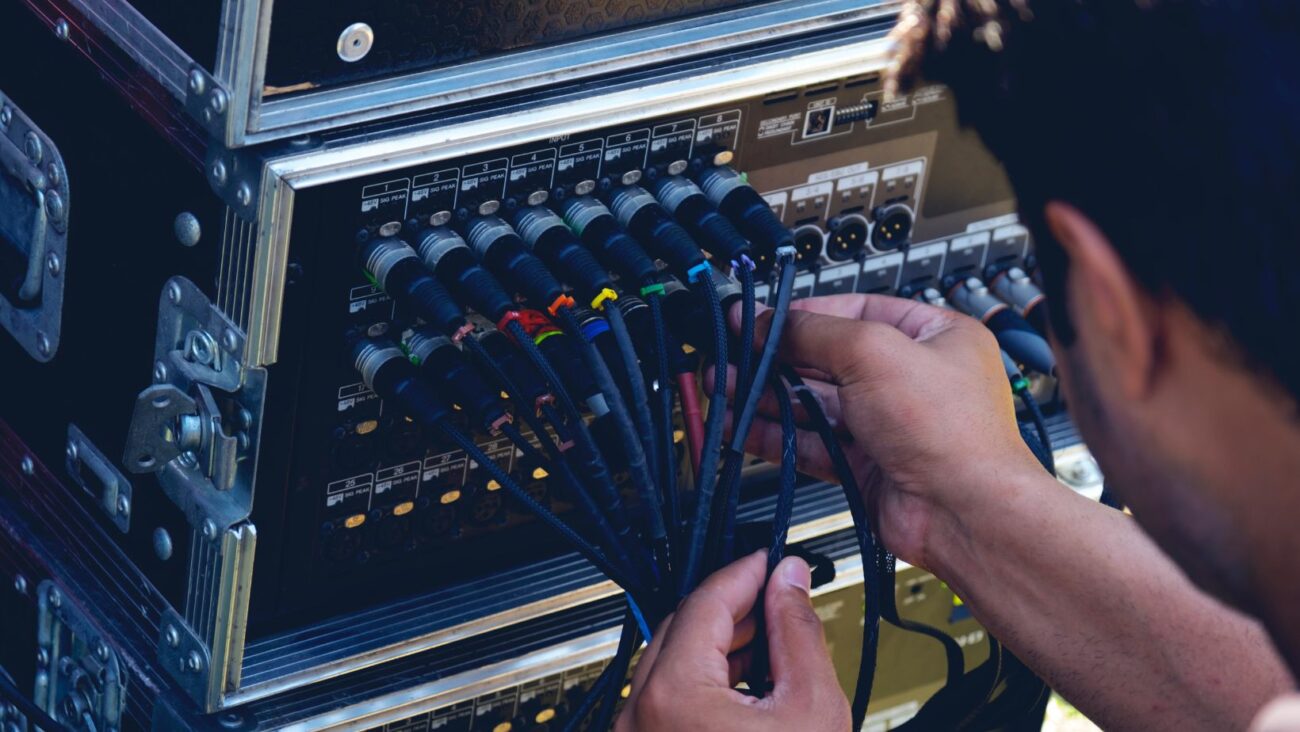Beginners Guide To Audio Cables
So you’ve acquired the best microphone, high-quality speakers, and so on. All of your instruments are nicely placed in your home studio, and you are ready to begin recording as soon as possible. But…something is still missing…cables. Audio cables allow you to share the captured sound signals from the audio source to power speakers, computers, or any other recording equipment.
So, if you haven’t yet determined which sort of audio cable you’ll need to connect the various pieces of equipment, you’re still a step away from bringing your home studio to life. However, the problem with audio cables is that finding the right one for the job may be a difficult process. The many types of audio cable available on the market and that may put you in a tangled mess, whether you look for them online or buy them from your local hardware shop.
You’ll come across terminologies like TRS, RCA, XLR, and so on that will not only fly straight over your head but will also make it difficult for you to decide which sort of audio cable is best suited to your needs. Purchasing audio cables is perhaps the least exciting element of establishing a home studio. However, it is also the most crucial – since, without the proper audio cable, you cannot achieve the most remarkable results or even begin recording.
In this comprehensive guide to audio cables, we will assist you in completing the sound system set up by going over everything you need to know.
Let’s begin!
Analog vs. Digital Cables
In a studio, there are two types of cables that are utilized to carry data: analog and digital connections.
Analog Cables
Analog cables convey data using continuous waveforms. For example, if the data is a 100Hz sine wave, the voltage flowing through the analog wire will complete 100 positive-negative cycles each second.
Analog cables are classified into two types: unbalanced cables and balanced cables. Analog cables can carry signals at the line, instrument, or microphone levels.
Digital Cables
To transport data, digital wires use binary code (1s and 0s supplied as a series of voltage transitions). There are several varieties of digital cables, and older versions are always being replaced by newer ones as technology improves.
Balanced vs. Unbalanced Cables
The two types of Analog cables have substantial differences in performance and output. Below we have discussed both in detail.
Unbalanced Cables
The ground wire and the positive polarity and are intertwined in these cables. Noise tends to be picked up pretty rapidly when using unbalanced cables. Despite this, many musical instruments use them to transfer sound due to their nature. When the wires are extended beyond 20 feet, the sound on unbalanced cables begins to shake.
Balanced Cables
Balanced cables have three wires: a ground wire, a positive polarity (“hot”) wire, and negative polarity (“cold”) wire. To eliminate noise, balanced wires employ phase cancellation. The same signal travels via both the positive and negative polarity wires; the only difference is that the polarity of the negative polarity wire is inverted. Both wires pick up noise as the signal goes from one end of the cable to the other, but when they join at the other end, the polarity of the negative wire is inverted. The noise patterns of the two wires are now out of phase with one another, resulting in quiet.
One can use a DI box to convert an unbalanced signal to a balanced signal, allowing you to run the signal through substantially longer cables without worrying about noise.
Different types of audio cables
There are many basic sorts of audio cables that you may choose from based on their purpose and the specific instruments that they are compatible with.
In most cases, you’ll need at least one of each sort of audio cable, especially if you’re searching for a more full setup that includes a digital keyboard, sound controller, signal booster, and so on.
XLR cables are one of the most common types of pro audio cables. XLR cables, unlike other audio cables, nearly invariably have two separate ends – one male and one female. XLR outputs and inputs are widely used for main outputs on mixers or higher-end controllers, as well as for microphones.
XLR cables are famous in the pro audio field for a variety of reasons, including:
- They are permanently balanced, making it very simple to run long connections.
- They lock into place, making it more difficult to unplug them accidentally.
- Due to dual connection ends, joining a number of shorter cables together for a longer run is straightforward.
If you’re putting together a mobile PA system, this is the cable you’ll most likely use to connect speakers.
RCA Cables
RCA, often known as phono or cinch connectors, is a two-conductor, an unbalanced protocol commonly used on “prosumer” gear, turntables, and consumer gadgets. The term RCA stems from the electronics behemoth Radio Corporation of America (now a division of BMG), which introduced the design in the 1940s.
RCA connectors can also carry digital audio signals using the S/PDIF (Sony/Philips Digital Interconnect Format) protocol. They are also present on a variety of computer audio interfaces and visual equipment. Unlike analog RCA cables, S/PDIF digital connections often carry two channels of audio over a single cable.
The Bottom Line
While the world may be turning wireless, it appears that recording studios still have a long path to go before they can catch up.
To choose the correct audio cable, you must consider the equipment you intend to use with it, the recording settings (background noise, sound from other instruments, etc.), and, of course, the scope of the project itself.
Use this article as a reference to learn about the functions of several audio cable types and if you want to buy audio cables, then look no further than Coluber cable. Here you can quickly pick the one that is most suited to your recording needs.









